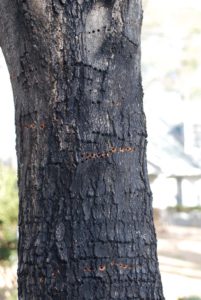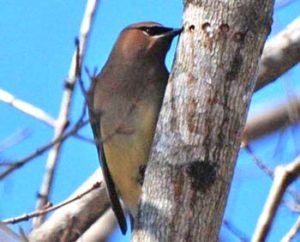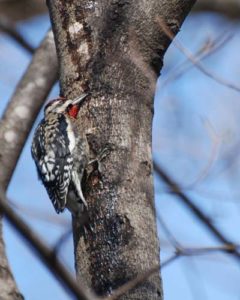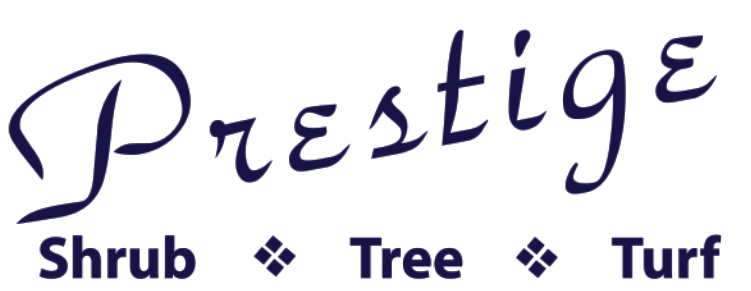 Our Yellow-bellied Sapsucker arrives in Atlanta, usually around mid-October. You may see these birds probing and pecking the bark of various species of trees.
Our Yellow-bellied Sapsucker arrives in Atlanta, usually around mid-October. You may see these birds probing and pecking the bark of various species of trees.
The Yellow-bellied Sapsucker routinely visits maple trees, digging holes just deep enough to access the sap. These holes usually form a ring (given enough time, multiple rings) around the tree causing concern that the damage will kill or stunt the tree. Just like the maple syrup production techniques, the sapsucker seems to have evolved a method of getting to the sap without killing the source.
I have never seen a maple develop fungal problems, insect issues or even vascular damage as a result of the sap wells. I have however enjoyed watching the kinglets, waxwings, warblers, insects and squirrels that take advantage of the sapsucker’s effort.
 Over the course of the winter they will keep the wounds open and feed on both the sap and any insects attracted to the sap wells.
Over the course of the winter they will keep the wounds open and feed on both the sap and any insects attracted to the sap wells.
This activity is not significantly different from the method of using a tap on sugar maples to collect sap to produce maple syrup.
Not only does the sapsucker benefit from this sugar rich source but many other birds also lap up the bounty. The birds get an added protein bonus by also feeding on the insects attracted to the sap. Sooty Mold fungus also thrives in the sugar rich sap and consequently you see the trunk turning black as the sooty mold begins to grow. The sooty mold does not harm the tree.

